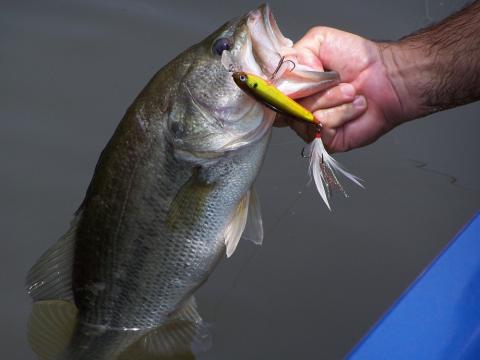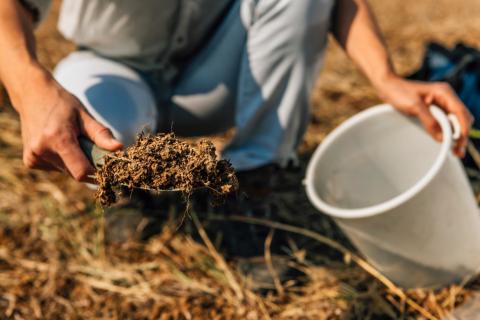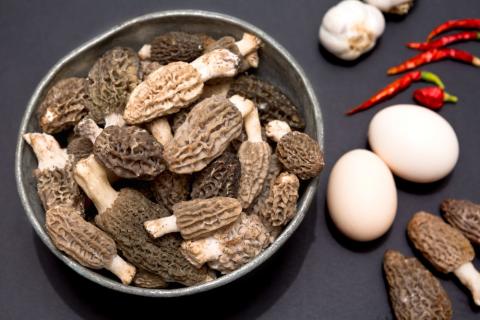The white oak is found from the Gulf Coast all the way up and into Canada on a variety of site types, and is known for its timber quality and wildlife value. The medium to large sized, fairly low tannin acorns begin their descent in mid-October and can provide a quality, easy meal for deer and other critters. Any moderate to well-drained upland or bottomland soil with an acid to neutral pH (our parent trees soil’s range from 4.8-7.0) should be a welcome home to our white oaks.
White Oak Growing Conditions
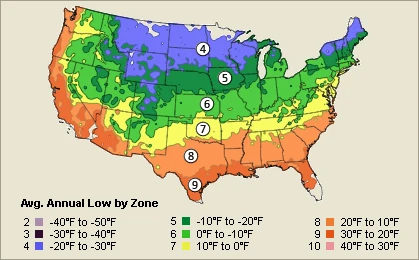
- Zone: 4-9
- Soil pH: 4.5-6.8
- Site Preference: Occurs on many soil types, but best on deep, moist, slightly acid, well-drained soils
White Oak Characteristics
- Size: Mature Height 60'-100'
- Wildlife Value: Excellent, Acorns eaten by squirrel, deer, wild turkey, quail, ducks, and raccoon
- Acorn Maturity Date: October – November
- Acorn: Fruit eaten by deer, bear, raccoon, squirrel and many birds
- Alias: Eastern White Oak, Stave Oak, Forked Leaf White Oak
- Bark: Light gray, varying to dark gray and to white; shallow, fissured and scaly. A distinguishing feature of this tree is that a little over halfway up the trunk, the bark tends to form overlapping scales that are easily noticed and aid in identification.
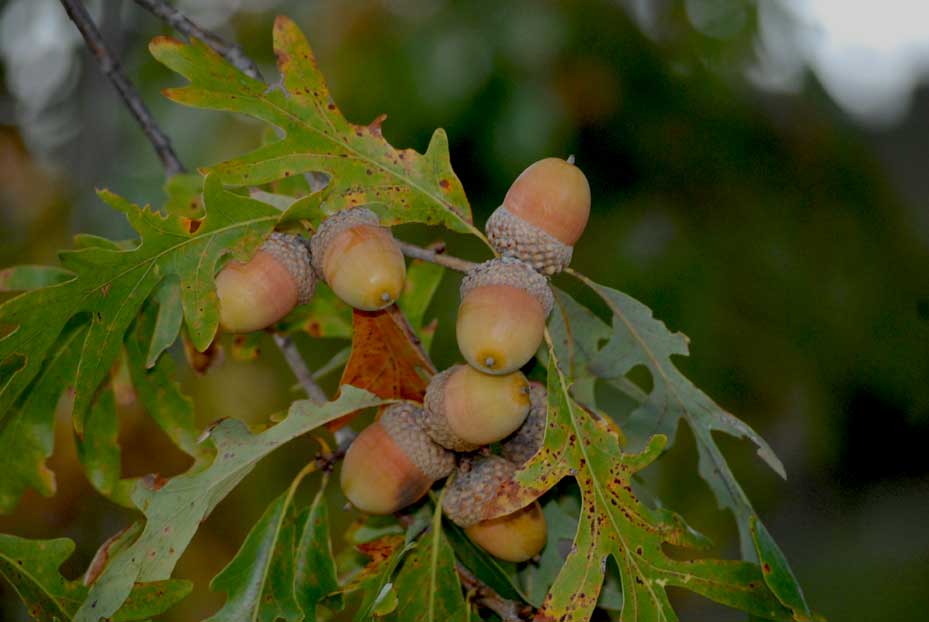
To purchase white oak seedlings and other species of oak visit nativnurseries.com.


















